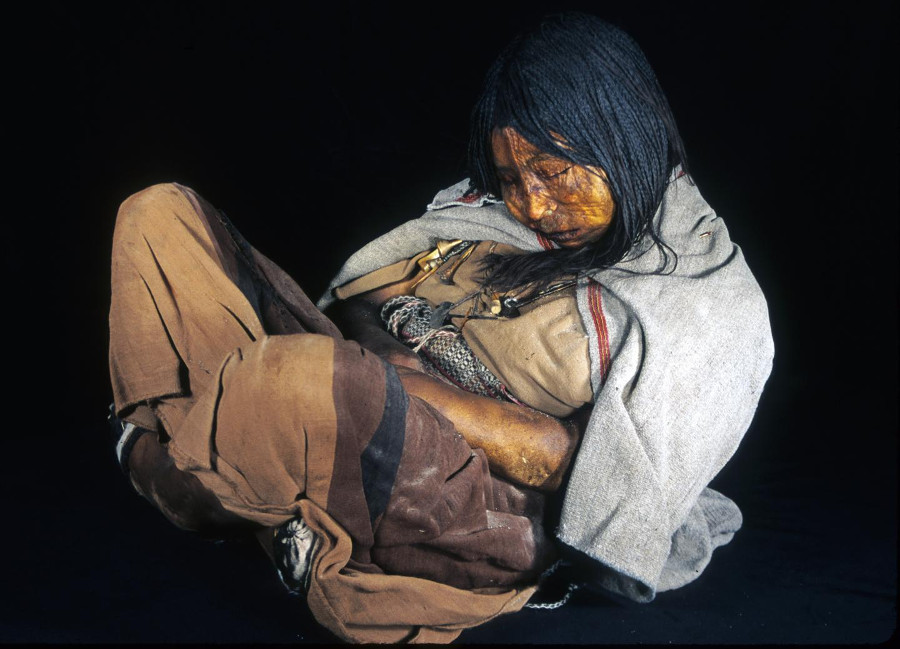DNA directions

For example, reconstructing the genomes of 92 pre-Columbian individuals enabled Fehren-Schmitz and his colleagues to track the migration of people, once isolated on the Beringian land bridge for thousands of years, into the Americas starting around 16,000 years ago. That early isolation period created a unique pattern of genetic diversity, traceable as those populations moved southward to Chile, explained Fehren-Schmitz, an author on the study published in Science Advances.
Among those ancient samples, Fehren-Schmitz also found DNA markers no longer seen in modern data sets, suggesting a high extinction rate of Native American people around the time of first European contact. "Our high-resolution data allowed us to verify the historic record," he said.
DNA markers in another study showed that adaptation to high altitudes existed before people got to the Andes, a trait that allowed populations to persist there.
Now the UC Santa Cruz Paleogenomics Lab is expanding and, along with it, Fehren-Schmitz's research plans. "How far can the interactions between biology and culture shape diversity in populations?" he wants to know; "not just in ancient peoples, but in contemporary populations and in how our future development will look."

